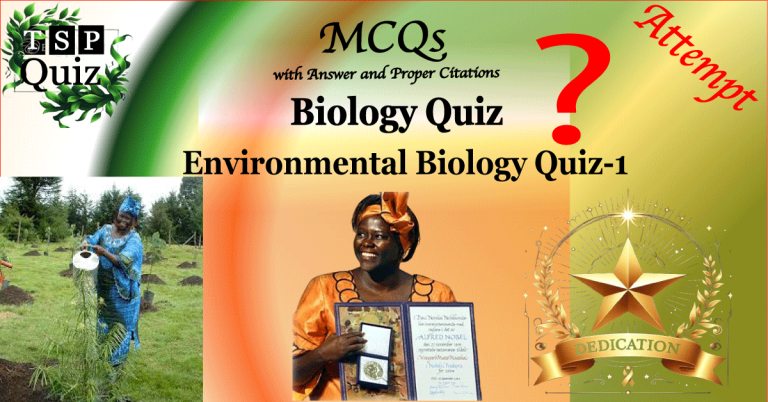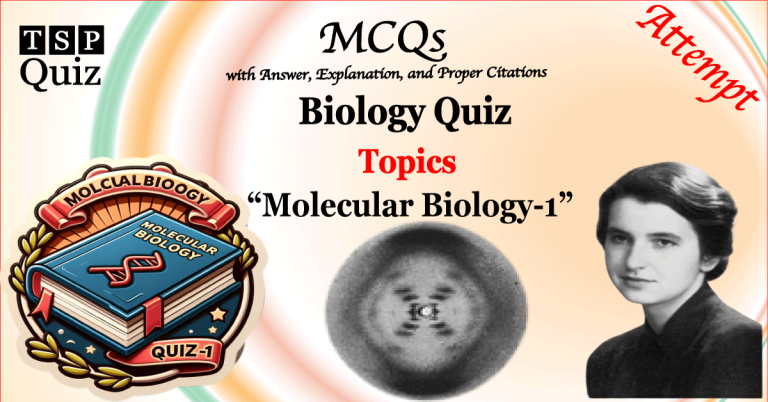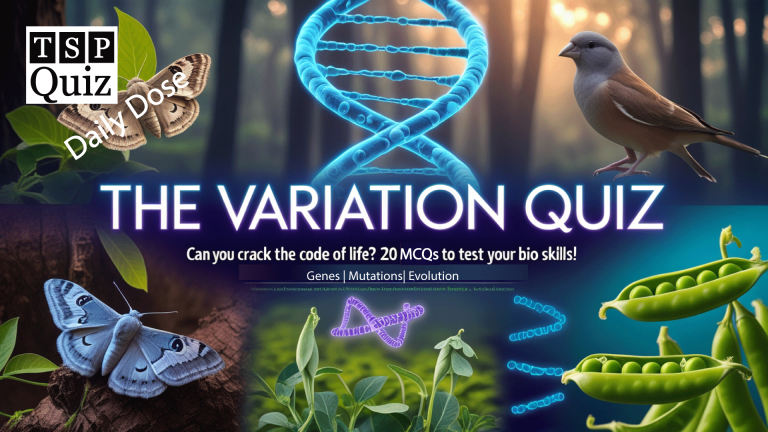Discovery of Lipids Quiz
Ready to test your knowledge? Explore our interactive Discovery of Lipids Quiz to reinforce key concepts and historical insights. For more interesting and informative quizzes, visit [MedTest Quizzes – Biology]
Discovery of Lipids – Key Facts, History & Scientific Examples
What is the historical significance of the discovery of lipids?
The discovery of lipids revolutionized biology and chemistry. Scientists uncovered how fats, oils, and related compounds affect life. For example, identifying lipids in cell membranes explained how nutrients and signals pass into cells. This understanding advanced medicine, nutrition, and molecular biology.
Who first discovered lipids and how?
French chemist Michel Eugène Chevreul, in the early 1800s, isolated fatty acids from animal fats. He used alcohol and ether as solvents, revealing that fats weren’t simple substances. His work, therefore, laid the foundation for lipid classification and inspired future research into fats, oils, and waxes.
Why was the discovery of lipids important for biology?
Lipids were found to be more than energy storage. For instance, phospholipids form cell membranes, enabling cell protection and communication. Because of their hydrophobic nature, lipids help maintain internal cell environments. This made them essential to life and a key subject in cellular biology.
How did early scientists study the structure of lipids?
Researchers used techniques like saponification—boiling fats with alkali—to break down lipids into fatty acids and glycerol. They also applied chromatography to separate lipid types. These methods uncovered lipid diversity, including triglycerides, steroids, and phospholipids.
What impact did lipid discovery have on medical science?
Understanding lipids led to breakthroughs in heart health, obesity research, and hormone therapy. For example, recognizing cholesterol as a lipid linked it to cardiovascular disease. This knowledge, in turn, led to statin development and better dietary guidelines.
What are the main types of lipids and their biological functions?
Lipids include triglycerides, phospholipids, steroids, and waxes. Triglycerides store energy, while phospholipids build cell membranes. Steroids, like cholesterol, regulate hormones. Waxes protect skin and plant surfaces. Because each type has a specific role, lipids are essential to survival and health across all living organisms.







